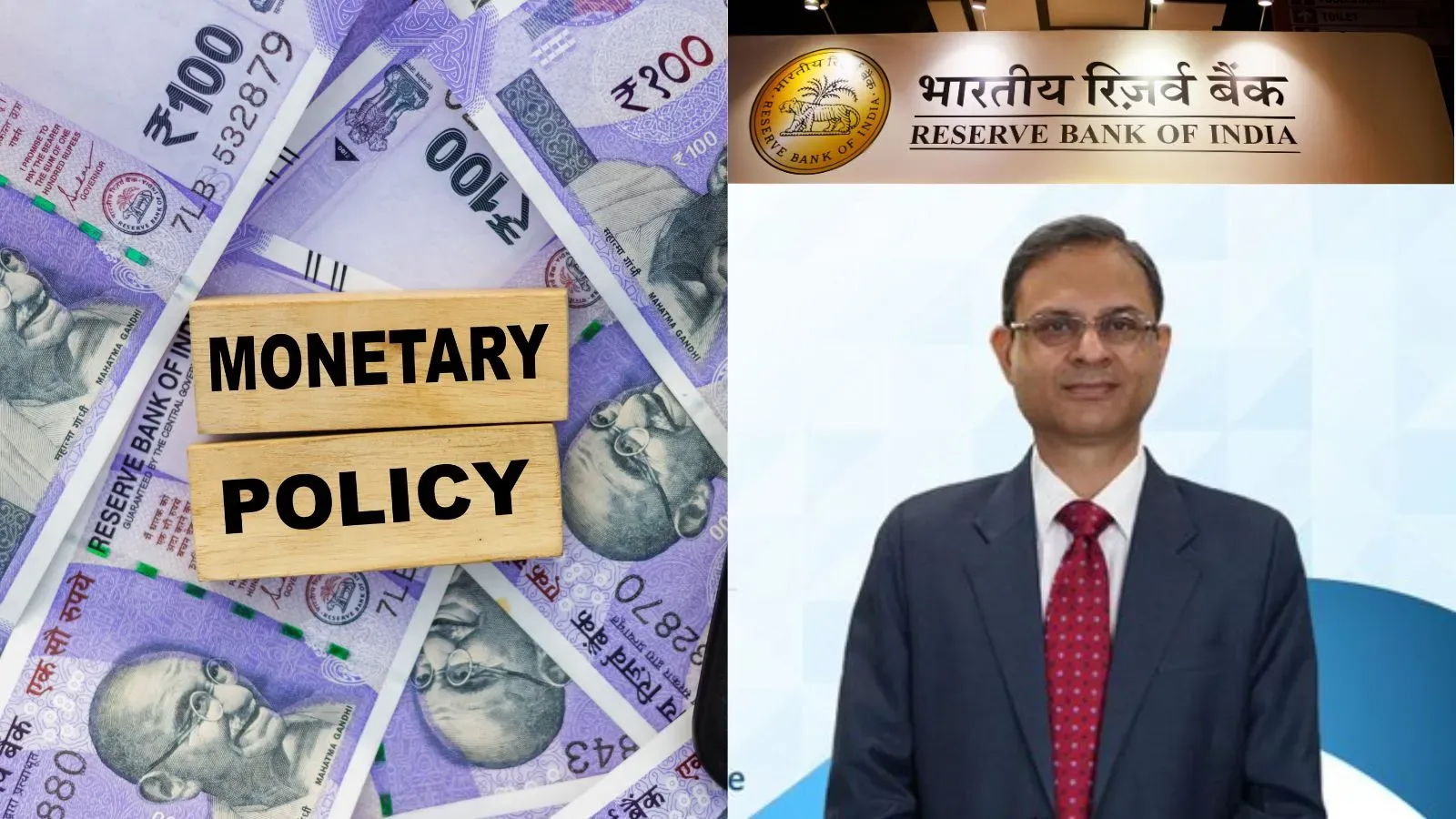Business News
Rice export prices decline as demand slows on high freight rates; check key details
.png)
4 min read | Updated on July 21, 2024, 11:56 IST
SUMMARY
Indian rice export prices dropped this week due to cautious buyers and high freight costs, expecting eased export restrictions. From $539-545 per tonne last week, prices fell to $537-543. As per reports, the government may lower Basmati export prices and remove the 20% parboiled rice export tax due to the record-high rice stock.

Indian Basmati rice set to be cheaper as export dips: An overview of the Indian rice industry
The price of Indian rice exports slumped lower this week as cautious buyers delayed purchases due to elevated freight costs and waited for India to ease some of the export restrictions. This may also cool the prices of rice globally. Currently, the demand for rice is much softer, and there is a surge in supply.
From $539 -545 per tonne price range last week for the 5% broken parboiled type, India slashed the price further this week to $537- 543 per tonne.
According to government data, in the first three months of FY25, India saw a 34% decline in its total rice exports year-on-year to 3.2 million tons. Non-Basmati white rice exports registered a higher decline of 78% to 0.3 million tons during the same period.
As of July 8, rice cultivation covered 6 million hectares (14.8 million acres), up 19% from last year, according to the farm ministry. This increase comes after monsoon rains recovered following a dry spell last month.
Government sources reveal that India is likely to lower the floor price of Basmati exports and abolish the 20% export tariff on parboiled rice with a set charge for overseas shipments. This is because India’s rice stock has reached an all-time high. The government might implement this soon to address the glut before the new crop becomes available in the market in October.
India imposed several export restrictions in the past two years in a bid to reign in local prices before the recently concluded Lok Sabha elections in April-May.
Indian rice industry
The Indian rice market is estimated at USD 52.82 billion in 2024. According to market research company Mordor Intelligence, it is expected to grow to USD 59.46 billion by 2029 at a compound annual growth rate (CAGR) of 2.4%.
The demand for Indian rice in the international market has grown manifold in recent years as the quality of rice has significantly improved supported by favorable climatic conditions and the use of modern farming equipment and techniques. Specific varieties, like the Basmati, are among the world’s top rice varieties.
Rice is predominantly a staple food for the people in the country for which there is massive rice production, leaving enough surplus to export to other countries. India exports rice to more than 120 countries worldwide.
As per the ITC Trade Map, India exported 22.2 million metric tons in 2022, up from 21.3 million metric tons in 2021. This is due to sufficient rice production in India.
India is among the top 10 rice-producing countries in the Asia-Pacific region. Its wet environment is conducive to rice cultivation. Some of the top varieties of rice grown in India include Kalanamak, Navara, Ambemohar, Palakkadan Matta, and John.
India is known for producing basmati and non-basmati rice. From 2019 to 2022, rice production increased by over 15 million metric tons, reaching over 22 million metric tons in 2022. This growth is expected to continue with the use of high-yield rice varieties. The rising population has also driven rice demand, with India's population growing from 1.41 billion in 2021 to 1.42 billion in 2022, according to the World Bank.
Apart from the climate, governmental support and policies have also helped rice production in the country. Continuous research with government aid has also led to great improvement in the varieties and quality of rice. Over the years, India has produced varieties that are not only high-yielding but also resistant to pests and diseases.
The Indian farmers are now at the peak of the rice cultivation season in mid-July, and the move to relax export norms will be a respite for the export firms to clear their surplus stock.
Moreover, with the Union Budget set to be presented by Finance Minister Nirmala Sitharaman next Tuesday, July 23, the agriculture sector is expecting measures to enhance productivity with fertilizer subsidies, crop diversification, faster crop loss claims, fair farmer prices, increased pulse production, R&D, labour solutions, and a focus on low-yield Eastern states.
By signing up you agree to Upstox’s Terms & Conditions
About The Author
Next Story

